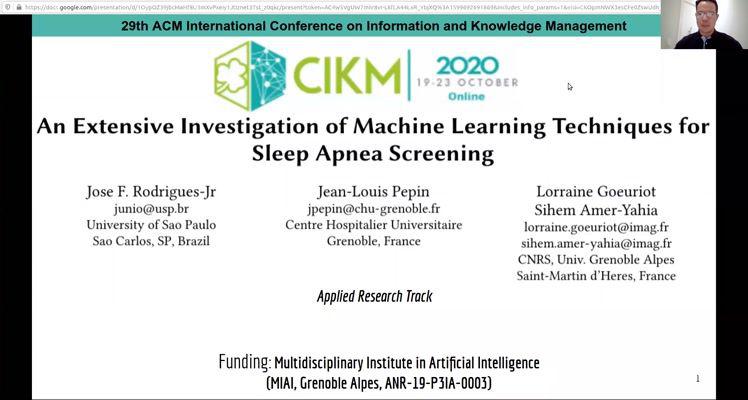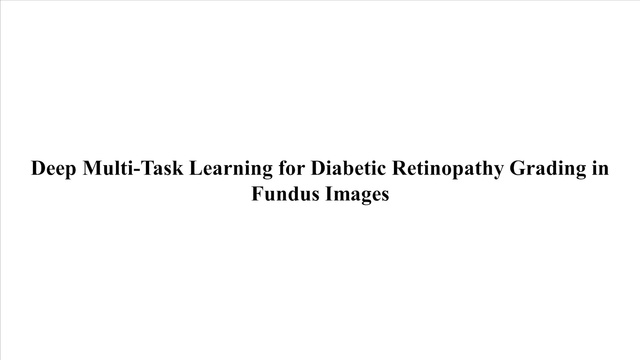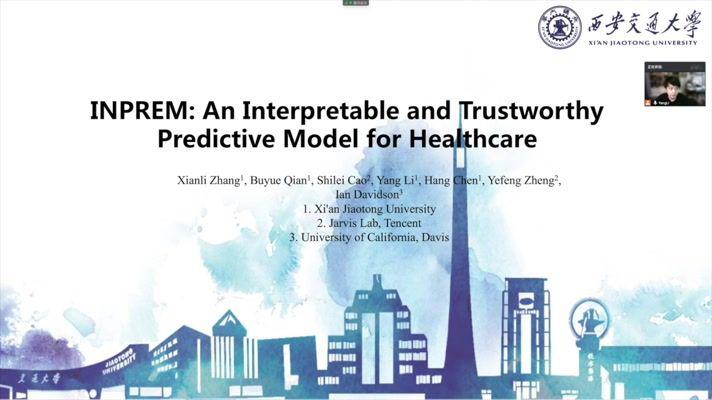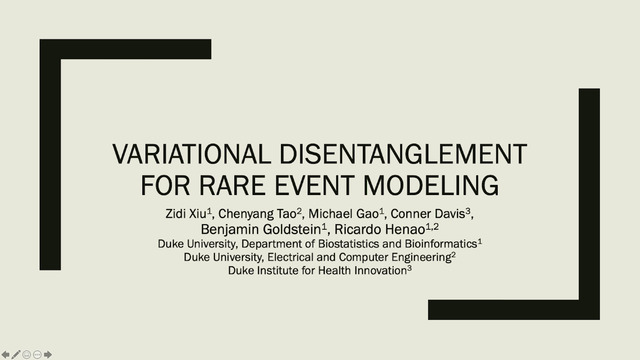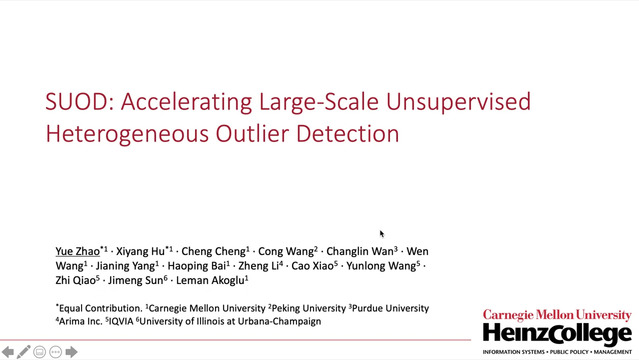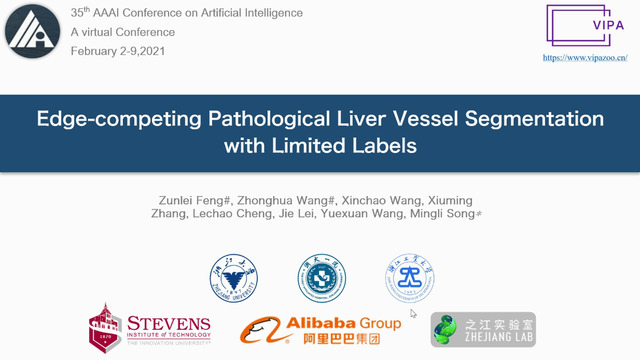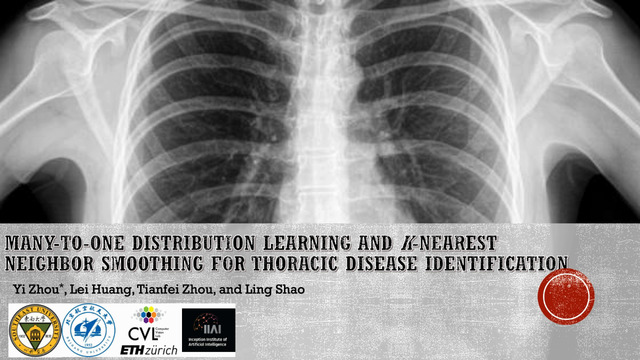Abstract:
The identification of Obstructive Sleep Apnea (OSA) relies on laborious and expensive polysomnography (PSG) exams. However, it is known that other factors, easier to measure, can be good indicators of OSA and its severity. In this work, we extensively investigate the use of Machine Learning techniques in the task of determining which factors are more revealing with respect to OSA along with a discussion of the challenges to perform such a task. We ran extensive experiments over 1,042 patients from the Centre Hospitalier Universitaire of the city of Grenoble, France. The data included ordinary clinical information, and PSG results as baseline. We employed data preparation techniques including cleaning of outliers, imputation of missing values, and synthetic data generation. Following, we performed an exhaustive attribute selection scheme to find the most representative features. We found that the prediction of OSA depends largely on variables related to age, body mass, and sleep habits more than the ones related to alcoholism, tabagism, and depression. Next, we tested 60 regression/classification algorithms to predict the Apnea-Hypopnea Index (AHI), and the AHI-based severity of OSA. We achieved performances significantly superior to the state of the art both for AHI regression and classification. Our results can benefit the development of tools for the automatic screening of patients who should go through polysomnography and further treatments of OSA – currently, our work in under consideration for production by the Centre Hospitalier Universitaire of Grenoble. Our thorough methodology enables experimental reproducibility on similar OSA-detection problems, and more generally, on other problems with similar data models.
